This 6-part series will equip you with the knowledge and tools to invest with confidence.
Table of contents
There are many ways to invest your money, but few methods have stood the test of time. The best investors have followed the same principles and philosophies for decades, and they’ve generated market-beating returns. So why shouldn’t we try and follow their lead?
Well that’s exactly what we’re going to teach you in this series.
After completing this mini-series, you’ll be an empowered investor. You’ll know for yourself what investments are worth pursuing, and which ones are best avoided. Plus, we’ll give you a valuable investing checklist that you can use when assessing ANY stock to ensure you’ve got a simple repeatable framework for making the best investing decisions possible.
We want this series to teach you the investing process that Warren Buffett endorses:
“Buy high-quality businesses that you understand at a fair price. Then just monitor and wait.”
For those eager to dive right in, here’s the Simply Wall St Investment checklist that this whole series is built around! It’s what you’ll use at the end to assess any stock going forward, and this series will walk you through how to use it.
We have an article dedicated to each part of the series, but below we’ve provided quick summaries of each of the 6-parts, and a link to read each part fully.
Part 1: Narrative-based investing, and finding your circle of competence
- Narrative based investing is essentially a systematized, repeatable, method to invest in any environment.
- Your “narrative” is your assessment of the current business, and your estimates of where it could be in the future. Answering a question like “Where do I think this business is going to be in 5-10 years’ time, and why?” is the basic premise of a narrative. It’s your thesis behind why you think a stock might be a good or bad investment.
- The best place to look for your first (or any) investment is within your “circle of competence”.
- Your circle of competence is any product or service that you have an in-depth understanding of based on first hand experience. Think about products or services you already use, and specifically the ones where you know what makes them better than others.
- You should start investing from within your circle of competence for 3 reasons.
- It helps you avoid costly mistakes when starting out (because people often lost money when they invest in what they don’t know),
- You’re already familiar with the product or service they offer, and
- You know what makes it better or different to competitors.
- Once you fill out the table within the article, you’ll have a list of stocks on your watchlist that you know well and can start researching!
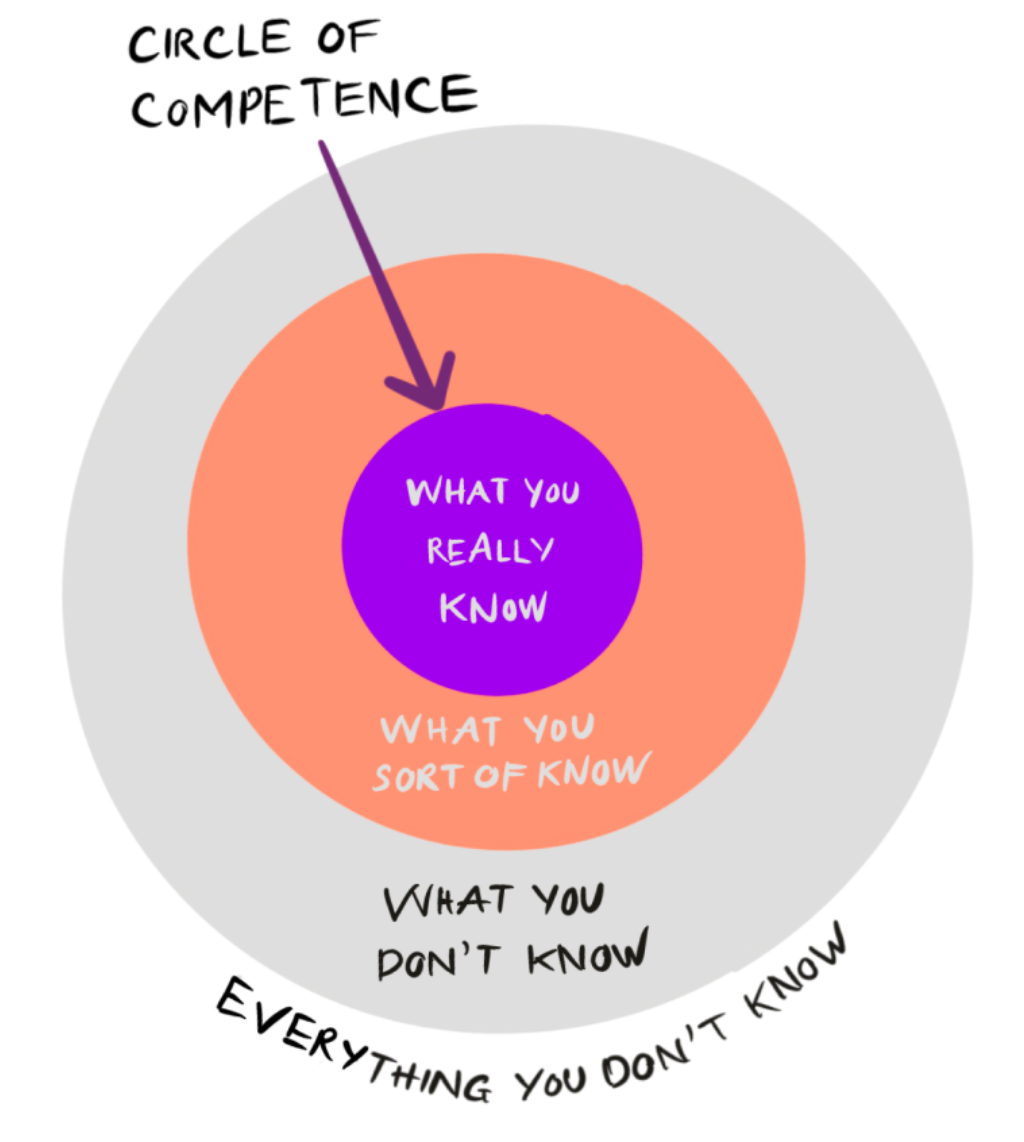
Read the full article for Part 1 to Learn how to find your own circle of competence and then the stocks that are within that circle!
Part 2: Get to Know the Business
- Many investors forget that stock ownership is business ownership.
- Ultimately, the business performance dictates the long-term stock price performance, so focus on the business developments, and not the stock price.
- If you understand how the business makes and spends money, who its competitors are, what makes it different from them, what the industry’s future prospects are like, what risks it faces, etc., then not only are you well informed on what business you are potentially buying, you are putting yourself in a much better position to make informed estimates of the future, which increases your chances of investing successfully.
- The Simply Wall St Company report and the company’s annual report are the go-to places to learn all of the above.
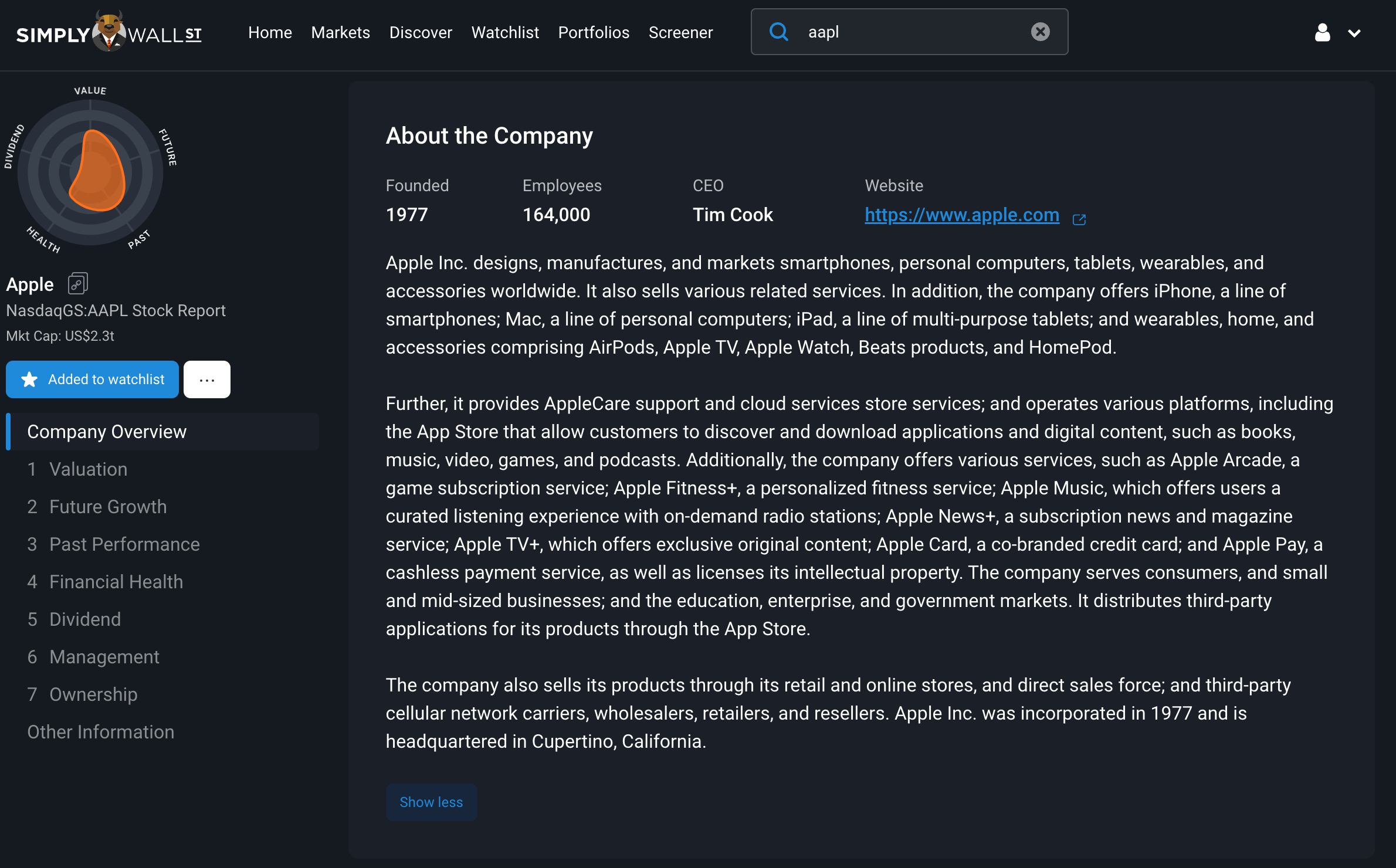
Read the full article for Part 2 to see how you can learn about a business from Simply Wall St , and which 3 sections in the annual report are worth reading to get up to speed on the business.
Part 3: Get to know the stock
- The Simply Wall St Company report helps you build your narrative around a stock
- Knowing the strengths and weaknesses of the stock helps you make informed decisions, and you can find these in the company report
- The SWS Company report walks us through the company’s future prospects, past performance, financial health, dividend strength, management alignment and transactions from insiders. All of which help us build our narrative around the stock.
- After you’ve finished getting to know the stock and build your narrative, you then need to assess its valuation.
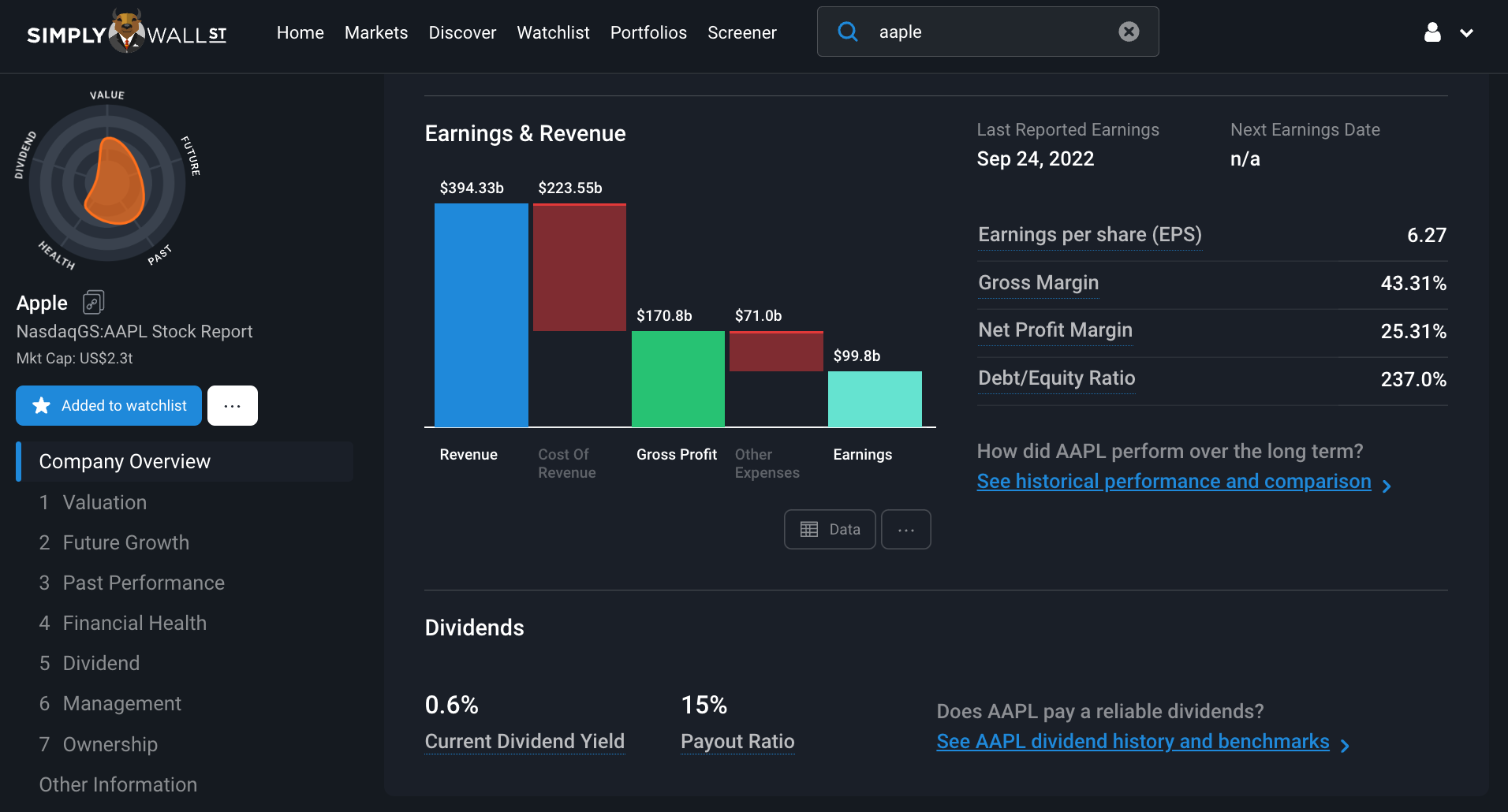
Read the full article for Part 3 to see how Simply Wall St shows you the strengths and weaknesses of the stock , and helps build your own narrative.
Part 4: Price vs value: How to value a stock
- Price is what you pay, and value is what you get. In order to be successful investors, you need to know the difference.
- There are many ways to value a stock, and it’s both an art, and a science. It can help to use multiple approaches to get a broad idea of the potential value of a stock.
- All stock valuations and stock prices are forward looking.
- What does a stock price represent? The current “price” of a stock represents the collective market’s estimate of the present value of all the future profits it can generate over its remaining life. Therefore, you need to determine if you agree with the collective market’s opinion (the current price), or if you think they’re incorrect (i.e. if you think the value is above or below the current price).
- The P/E or P/S ratio represents how much investors are willing to pay per dollar of earnings or sales. Generally speaking, the higher the expected growth rate, the higher the price investors are willing to pay.
- The Simply Wall St valuation analysis conducts 6 insightful checks to help us determine if a stock is potentially overvalued or undervalued, which we’ll take you through.
- You essentially want to pay as little as possible for as much growth as possible. So you want to try and find opportunities where a stock has good growth potential, and is priced cheaply relative to that growth.
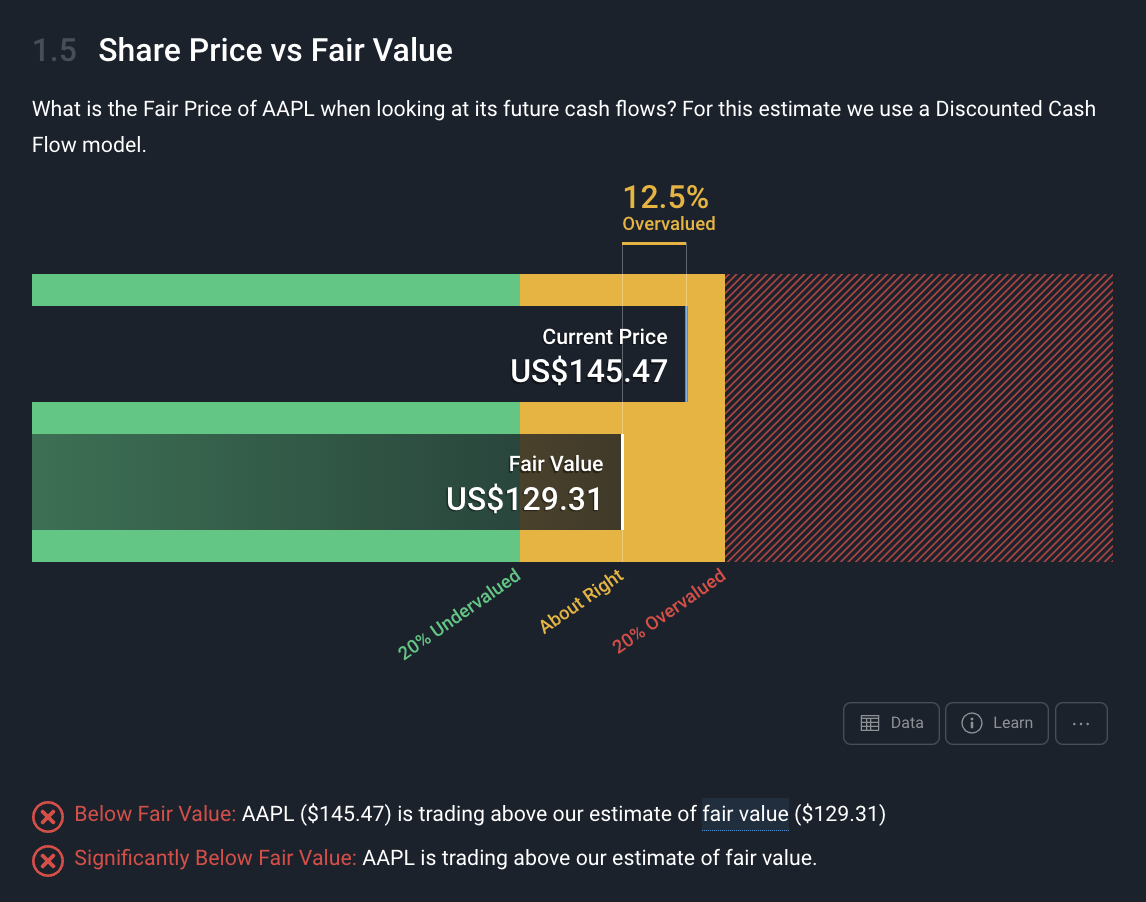
Read the full article for Part 4 to see how Simply Wall St helps you identify when stocks are potentially undervalued or overvalued.
Part 5: Finalize your narrative, and know when to buy, sell or hold
- So, you now know the business and the stock, now you need to finalize your narrative.
- You can only make an confident buy, sell or hold decision if you’ve done the work to build your narrative around a stock, and have a well-founded estimate of its fair value in mind (which we cover in the next part).
- If a stock has a great narrative, but it’s overvalued, the key is to just be patient and wait until it’s trading below your fair value estimate. No business, no matter how good, is worth an infinite price.
- Plenty of money has been lost from investors overpaying for great businesses.
- At a high level, you should only buy a stock if:
- You have conviction in your narrative of the stock’s future, and
- You have conviction in your estimate of its valuation, and
- You believe it’s undervalued.
- We’ll cover portfolio management in another series because there are other reasons you might buy and sell a stock, but these are stock specific reasons (not considering portfolio management or personal financial objectives and risk profile)
- The key here is you are referring back to your own research and estimates, so that you have conviction in your decisions. Rather than basing your buy, sell or hold decisions on external factors like other people's opinions or your emotions.
- If you have conviction in the narrative around a stock, but it’s overvalued according to your estimates, you need to be patient, keep it on your SWS watchlist, and wait until it’s available for an appealing price.
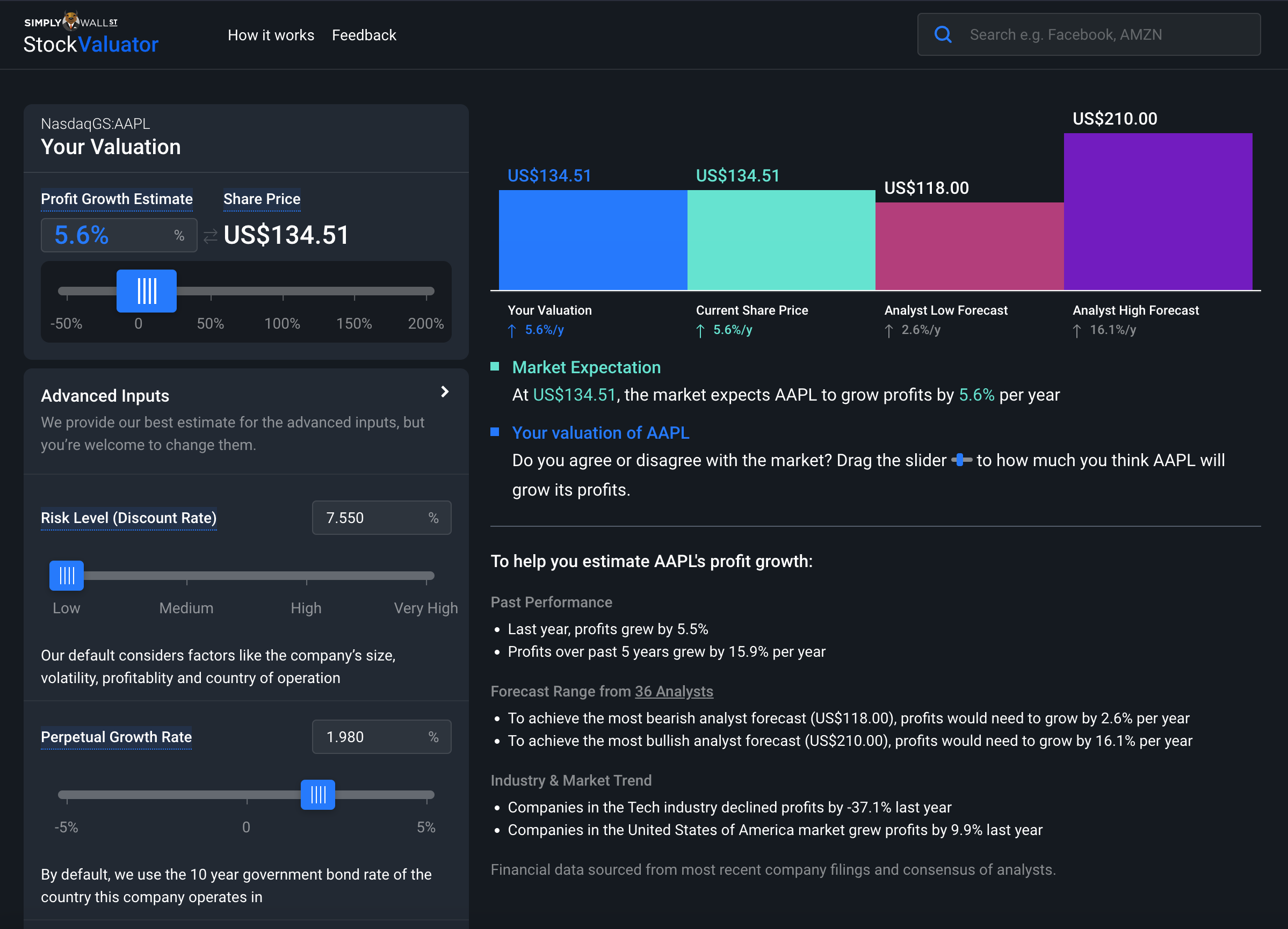
Read the full article for Part 5 to see how to build your narrative around a stock, and know when to buy .
Part 6: Monitor your stocks and discover new ideas
- Once you’ve bought a stock, you now need to monitor its developments to make sure your narrative unfolds as expected.
- As new developments occur, you need to determine how they impact your narrative, either positively or negatively (if at all).
- There’s plenty of noise out there which can cloud your judgement, so focus on the business and its prospects.
- At a high level, you should only sell a stock if:
- Your original narrative is no longer valid, and has changed for the worse (i.e. new developments change your estimates of the future downward), or
- You no longer have conviction in your narrative (i.e. it’s too hard to predict now), or
- If the stock is overvalued according to your own estimate of its value.
- Simply Wall St’s Dashboard, Watchlist, Portfolio and Important Update emails are all valuable tools that help you monitor a stock quickly and easily.
- The Markets, Discover and Screener sections of the platform all help you discover your next idea, and the Narrative based investing process continues.
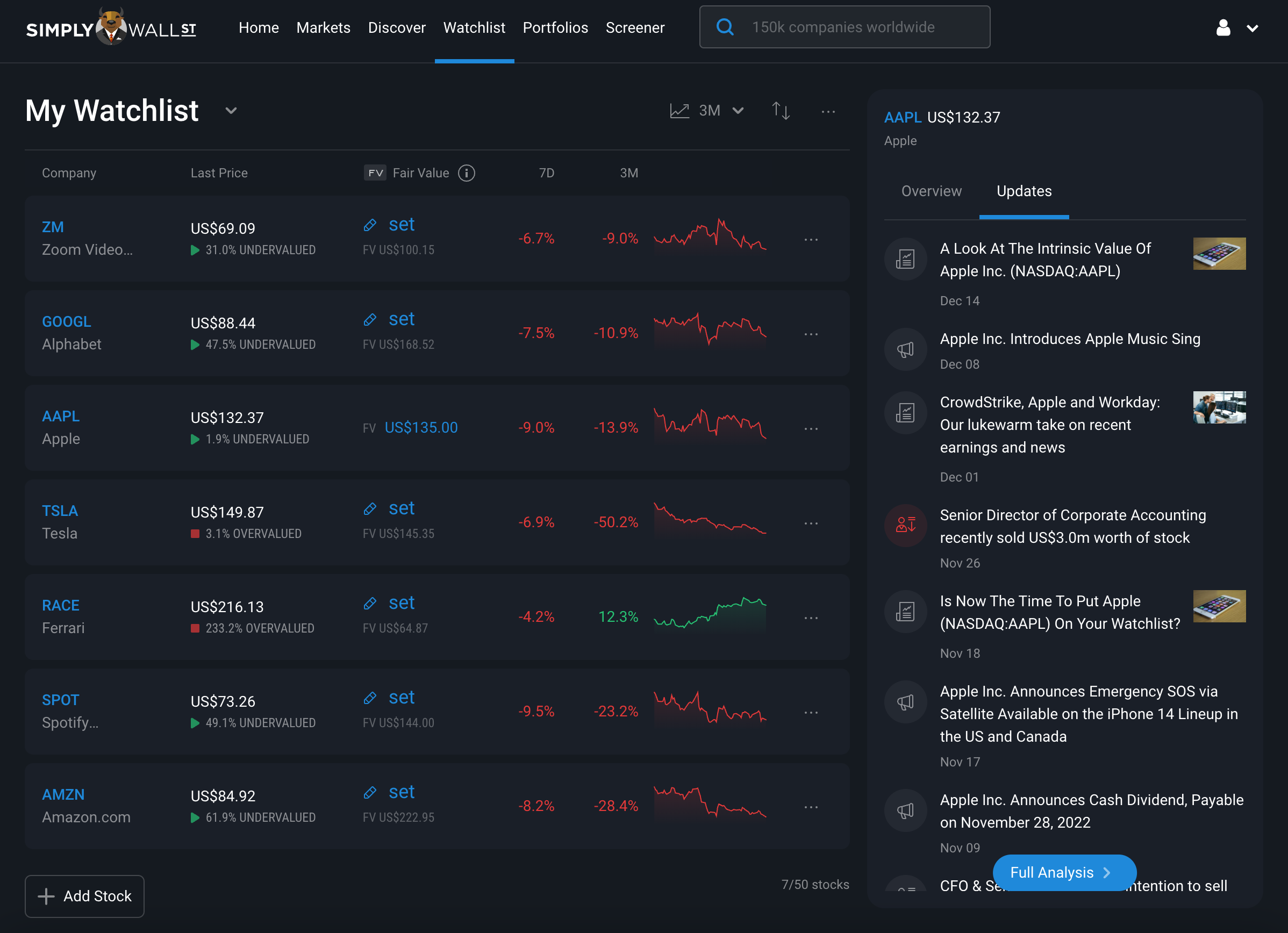
Read the full article for Part 6 to see how to monitor your stocks efficiently using Simply Wall St, and how to discover your next investing idea.
Lastly, if you've read the full How to Invest Like the Best series, we'd love to hear your feedback!
Have feedback on this article? Concerned about the content? Get in touch with us directly. Alternatively, email editorial-team@simplywallst.com
Simply Wall St analyst Michael Paige and Simply Wall St have no position in any of the companies mentioned. This article is general in nature. We provide commentary based on historical data and analyst forecasts only using an unbiased methodology and our articles are not intended to be financial advice. It does not constitute a recommendation to buy or sell any stock and does not take account of your objectives, or your financial situation. We aim to bring you long-term focused analysis driven by fundamental data. Note that our analysis may not factor in the latest price-sensitive company announcements or qualitative material.

Michael Paige
Michael is the Content Lead at Simply Wall St. With over 9 years of experience analysing and researching companies, Michael contributes to the creation of our analytical content and has done so as an equity analyst since 2020. He previously worked as an Associate Adviser at Ord Minnett, helping build and manage clients' portfolios, and has been investing personally since 2015.

